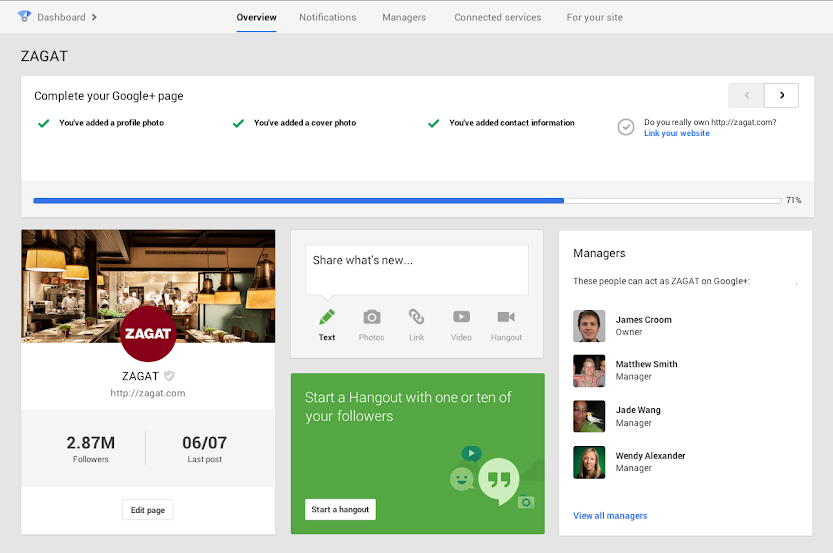
Of late, the main GIF-related debate has been hard ‘G’ or soft ‘G’? Yesterday, however, an announcement raised a new question, a question that has been raised before: is there a place for GIFs in the world of social media marketing?
Facebook have strongly denied rumours of a partnership with GIF site, giphy’s blog. The rumours have been sparked since Facebook has allowed users to embed the GIF files into their posts. A representative of Facebook has been talking about this; and says Facebook does not support animated GIFs (via BetaBeat). However experts still believe that a partnership will happen in the next year or so even with Facebook's current denial.
The last social media site to feature GIFs in such a prominent place was Twitter. Right up until September last year, the micro-blogging site supported profile GIFs (instead of static pictures), but then the network altered its rule book so that GIFs couldn’t be uploaded. According to Twitter, the decision was made because people were uploading GIFs with file sizes exceeding the platform’s capabilities. In reality, though, it was probably because they were extremely annoying.
That fact, for one thing, hasn’t changed: GIFs are still extremely annoying. Unless you go looking for GIFs, on popular content curation sites like reddit and BuzzFeed, you don’t want them flickering on your page.

The Miley Cyrus Twerk GIF has gone Viral
True, they’re great at attracting attention. If you want to draw your Facebook fans’ eyes to something interesting and important on your page, then a GIF is the way to go. Of course, that’s only as long as your comfortable with the amount of fans you’ll inevitably alienate, losing loads of likes in the process.
Thankfully, unlike on most sites, GIFs won’t autoplay on Facebook: they’ll just appear as a video would, with a play symbol overlaid across a screen grab. Have a look at giphy’s Facebook page for an example.
So, if GIFs don’t autoplay they won’t annoy, but they won’t attract attention either. You may as well post videos instead. Or, if you really want to create and post a short, repetitive animation onto your Facebook page, use Instagram or Vine.
GIF aficionados will argue that the existence of Instagram and Vine is evidence of the GIF formats continued popularity. Wrong, get with the times people, Vines and Instagram videos are the future of GIFs. GIF’s aren’t quite obsolete, but they’re getting there.
If you’re running a business page on Facebook, you don’t need to post GIFs. There are, however, a few circumstances where GIFs might be a viable choice. None of them are on social media. You can’t post Vines and Instagram vids everywhere. You can’t, for instance put a microvid on your website to advertise and link to a product or deal. If you want to draw attention to a promotion, you could embed an animated GIF on your website, link it to the promotion page, and wait for visitors to be drawn like a moth to flame.
Is there a place for GIFs in the world of social media marketing, though? Heck no!
Do you think there is a place for GIFs on social media?













